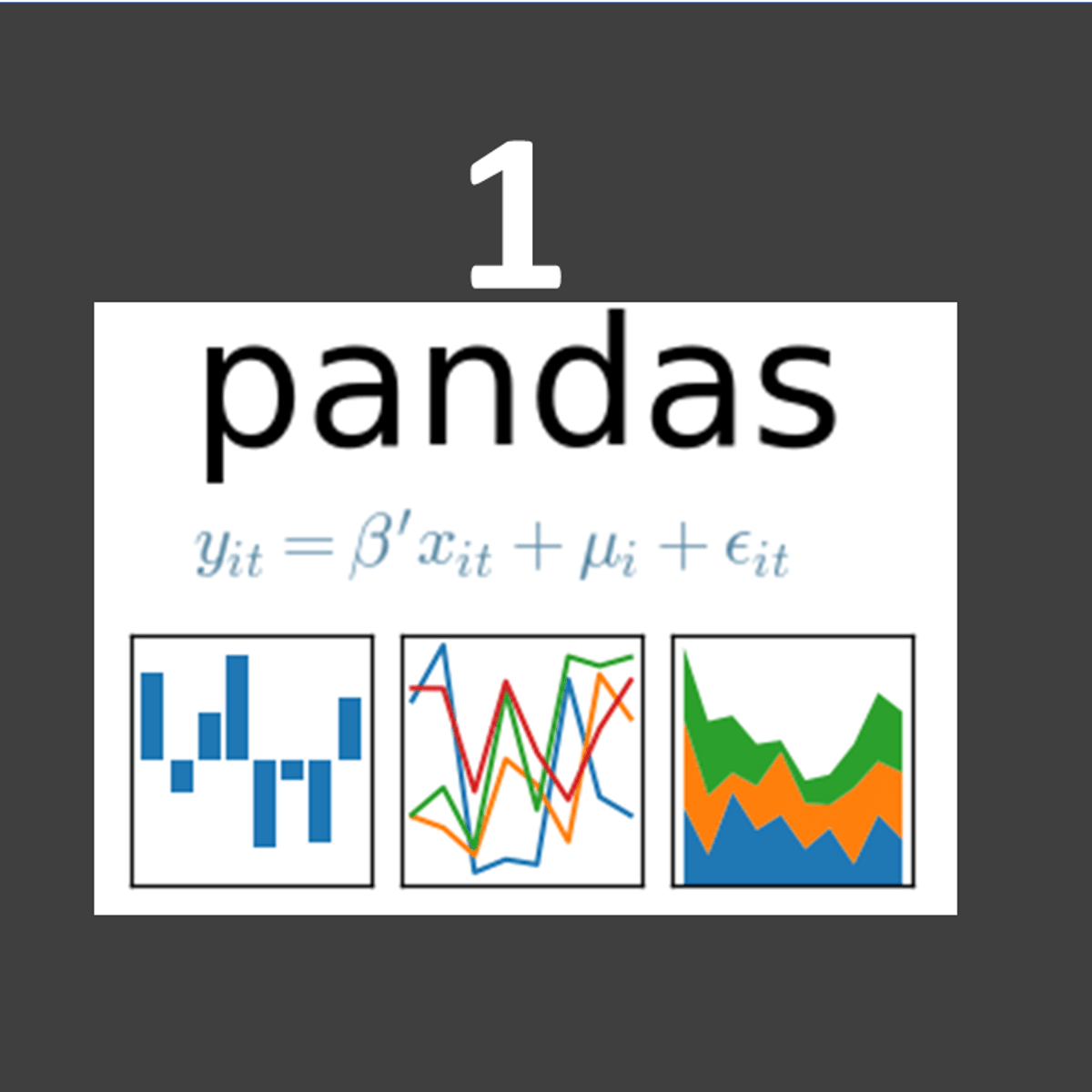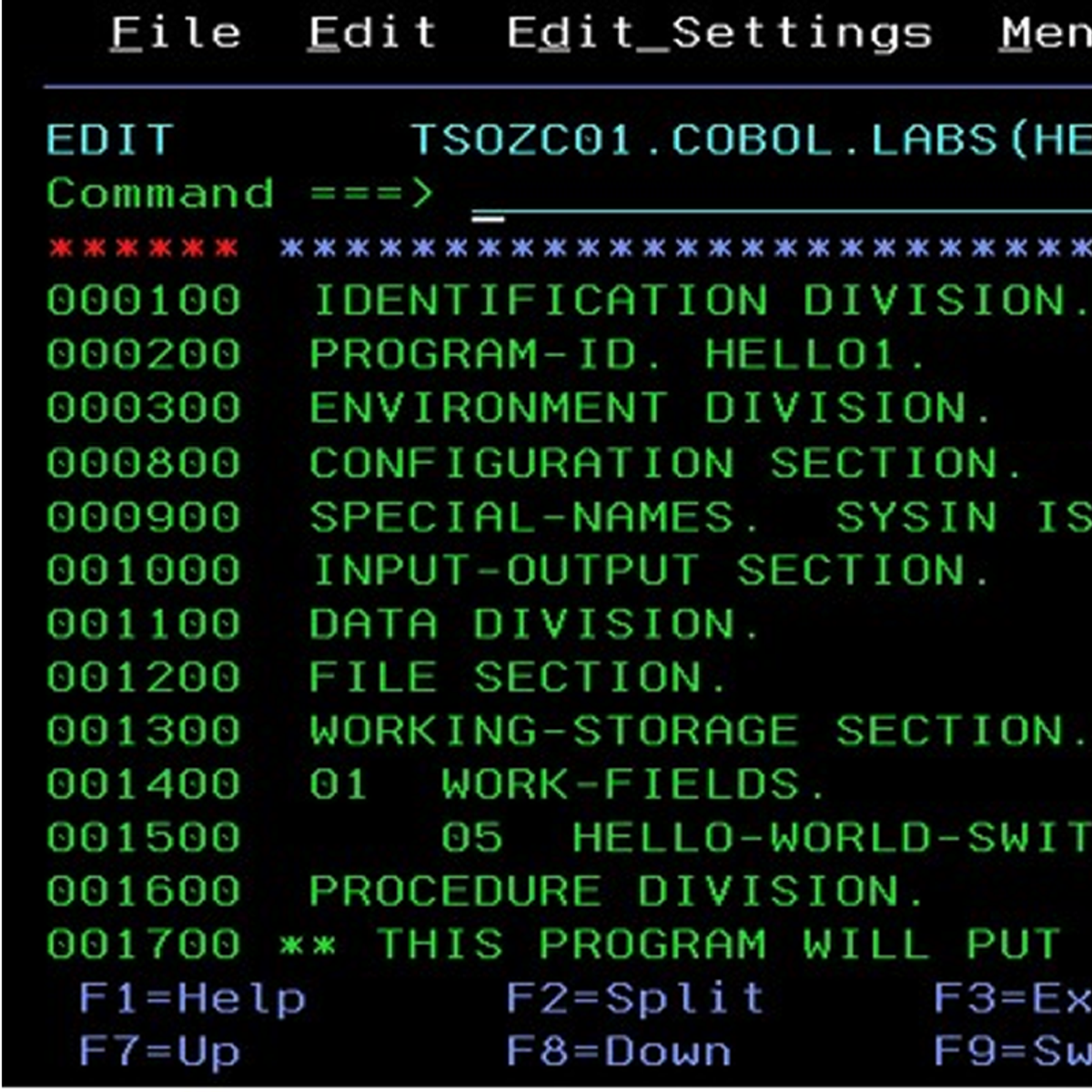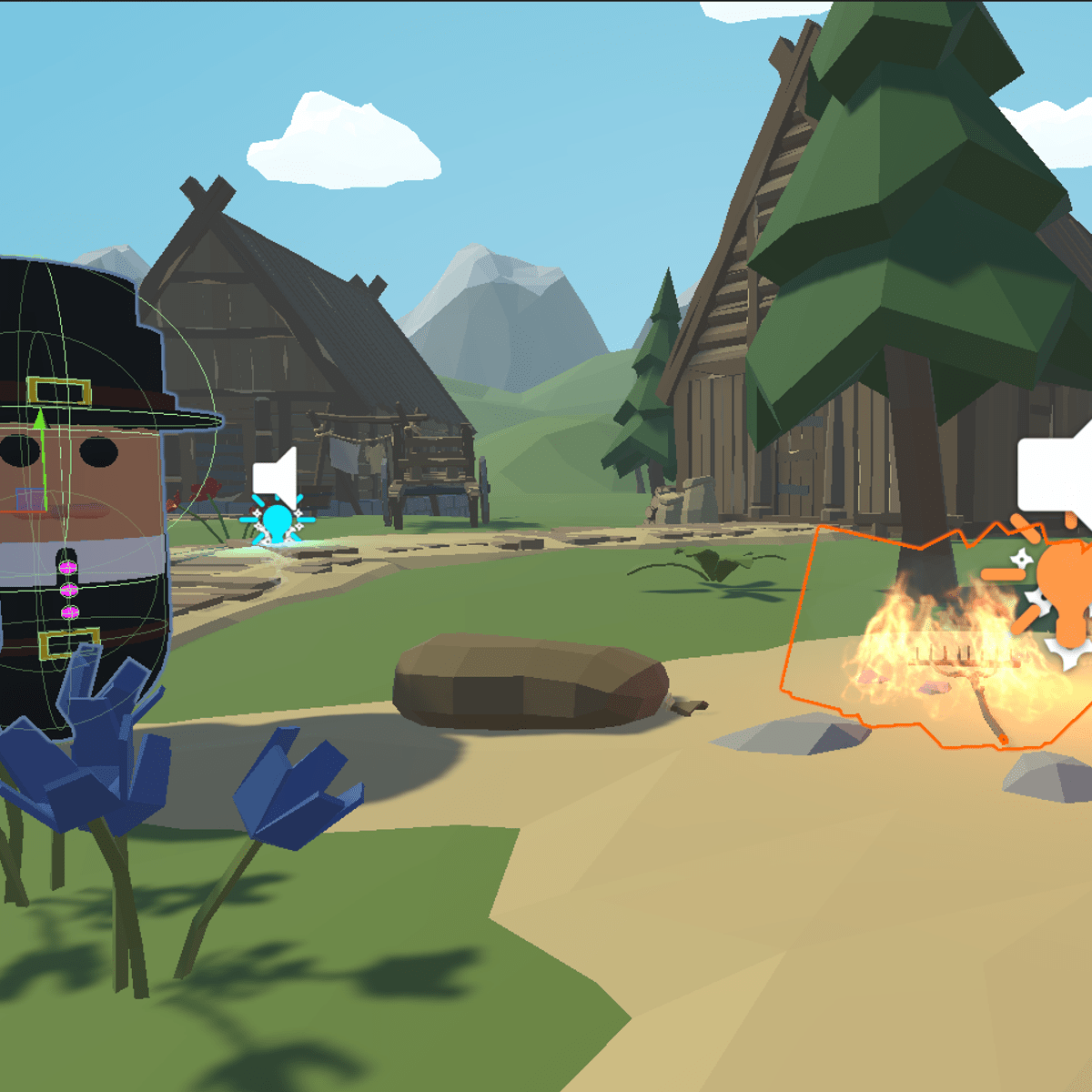Back to Courses









Computer Science Courses - Page 47
Showing results 461-470 of 2309
Practical SAS Programming and Certification Review
In this course you have the opportunity to use the skills you acquired in the two SAS programming courses to solve realistic problems. This course is also designed to give you a thorough review of SAS programming concepts so you are prepared to take the SAS Certified Specialist: Base Programming Using SAS 9.4 Exam.

Introduction to Python Scripting for DevOps
This course is the first course in a series that aims to prepare you for a role working as a programmer. In this course, you will be introduced to the five main concepts in procedural programming: user input, console output, variable declaration and assignment, decision branching and iteration. Labs will allow you to apply the material in the lectures in simple computer programs designed to re-enforce the material in the lesson.

Master Data Analysis with Pandas: Learning Path 1 (Enhanced)
In this hands-on guided project, we will master the fundamentals of data analysis and manipulation with Pandas and Python. Pandas is a super powerful, fast, flexible and easy to use open-source data analysis and manipulation tool. This guided project is the first of a series of multiple guided projects (learning path) that is designed for anyone who wants to master data analysis with pandas.

IBM COBOL Data and File Management
Welcome to IBM COBOL – Data and File Management! By enrolling in this course, you are taking a big step in increasing your knowledge and hands on experience with IBM COBOL data and file management. In this course, you will learn the fundamental elements of COBOL code. You will learn the process of working with COBOL data. You will learn handling COBOL files. This course also relational databases in a mainframe, COBOL context. So let’s get started!

Using Interfaces with C# in Unity
Interfaces are a staple of good programming. They are "blueprints" for functionality and allow your code to be much more versatile, portable and understandable.
In this one-hour, project-based course, you'll learn how to implement interfaces in C# and, importantly, in the Unity Editor. You'll also create a Unity ScriptableObject that implements an interface and, on that basis, become interchangeable with GameObjects in exposed variables.
We will also cover different attributes that can provide convenience in coding and guidelines for designers wiring together the scene.
The guided project will work with the following Unity concepts:
- Interfaces
- Inheritance
- ScriptableObjects
- Attributes
This is an intermediate-level course. As such a certain familiarity with Unity and C# is assumed. If you have never used interfaces or ScriptableObjects, please complete some beginner-level guided projects before attempting this project.
This project makes use of the tropical island-themed Unity project created in Create Animation Transitions in Unity (Intro to Animation 2) and in Make an Action Bar in Unity Part 1 - Modular Action System. These compliment this guided project and are recommended for a more well-rounded understanding of the concepts presented herein.

Algorithmic Thinking (Part 1)
Experienced Computer Scientists analyze and solve computational problems at a level of abstraction that is beyond that of any particular programming language. This two-part course builds on the principles that you learned in our Principles of Computing course and is designed to train students in the mathematical concepts and process of "Algorithmic Thinking", allowing them to build simpler, more efficient solutions to real-world computational problems.
In part 1 of this course, we will study the notion of algorithmic efficiency and consider its application to several problems from graph theory. As the central part of the course, students will implement several important graph algorithms in Python and then use these algorithms to analyze two large real-world data sets. The main focus of these tasks is to understand interaction between the algorithms and the structure of the data sets being analyzed by these algorithms.
Recommended Background - Students should be comfortable writing intermediate size (300+ line) programs in Python and have a basic understanding of searching, sorting, and recursion. Students should also have a solid math background that includes algebra, pre-calculus and a familiarity with the math concepts covered in "Principles of Computing".

SOLID Programming: Liskov's Substitution Principle in Unity
Programming of any kind, including in game-development, can get complicated as the size and scope of a project increase. Investigating bugs and expanding the code with new functionality can be almost impossible if the code-structure is not well-thought-out.
In this one-hour, project-based course, we will cover the third principle of "SOLID" programming: Liskov's Substitution Principle ("LSP") states that in methods that refer to a superclass (or base class), any subclass that inherits from the superclass should be useable without error. A common example of this is that if a block of code expects a Mammal class type, then we should be able to send in a Dog or Whale class type and not produce any unexpected behaviour. In the project, we will create some "typical" code that is fairly common in game-development, and then restructure it to become compliant with LSP.
This project is part three of a five-part series on SOLID Programming principles, which are:
- Single Responsibility
- Open-Closed
- Liskov's Substitution (this guided project)
- Interface Segregation
- Dependency Inversion
Each of these guided projects stands on its own, but for a full understanding of good coding practices, completing all five guided projects (in order) is recommended.

Getting Started with Rstudio
In this 1-hour long project-based course, you will learn everything you need to know to get started with RStudio IDE, including how to install RStudio onto your Windows, MAC or Linux machine, how to use RStudio Cloud, a lightweight, cloud-based version of RStudio, how to start creating R projects, install and load R packages, as well as display interactive maps, graphs and tables with 1 line of code.
This course is perfect if you want to start learning R programming with RStudio: the Premiere IDE for R
Note: This course works best for learners who are based in the North America region. We’re currently working on providing the same experience in other regions.

Character Design for Video Games
In this course you will explore concepts and approaches involved in creating successful character designs that can be applied to video games. Following a first week delving into some foundational concepts for successful character design, each of the remaining three weeks are structured as a master class where you will observe three professional character designers at work in the studio: Andy Ristaino (Adventure Time), Jacky Ke Jiang (Journey), and Robertryan Cory (SpongeBob SquarePants). Each designer will take on two different design challenges on the fly and address the various issues in designing characters for games, such as movement, expression, and technical limitations. At the end of each week you will have an opportunity to try out some of the concepts from that week's lesson on characters of your own design.
This is a fun and engaging class especially useful for students interested in animation in film and TV as well as games, and is suitable for students of any drawing ability.

Exam Prep: AWS Certified Solutions Architect - Associate
This new intermediate-level course from Amazon Web Services (AWS) is designed to help you to assess your preparedness for the AWS Certified Solutions Architect - Associate exam. You will learn how to prepare for the exam by exploring the exam’s topic areas and how they map to architecting on AWS. You will review sample certification questions in each domain, practice skills with hands-on exercises, test your knowledge with practice question sets, and learn strategies for identifying incorrect responses by interpreting the concepts that are being tested in the exam. At the end of this course you will have all the knowledge and tools to help you identity your strengths and weaknesses in each certification domain areas that are being tested on the certification exam.
The AWS Certified Solutions Architect – Associate exam is intended for individuals who perform in a solutions architect role. The exam validates a candidate’s ability to design secure and robust solutions by using AWS technologies. The exam also validates a candidate’s ability to complete the following tasks: Design a solution by using appropriate AWS services and by following architectural principles based on requirements. Provide implementation guidance based on best practices to the organization throughout the workload lifecycle.
This course covers material specific to the SAA-C03 version of the AWS Certified Solutions Architect - Associate exam.
In the new version of the exam, many of the domains and task statements were reordered or renumbered; however, most of the content is the same.
Only one task statement for the new version of the exam is NOT included in this course:
Domain 3: Design High-Performing Architectures, Task Statement 5: Determine high-performing data ingestion and transformation solutions.
At the end of the course materials, you will find a new section (“SAA-C03 Updates”) that contains additional information about differences between the exam versions:
SAA-C02 versus SAA-C03
SAA-C03 New Material
